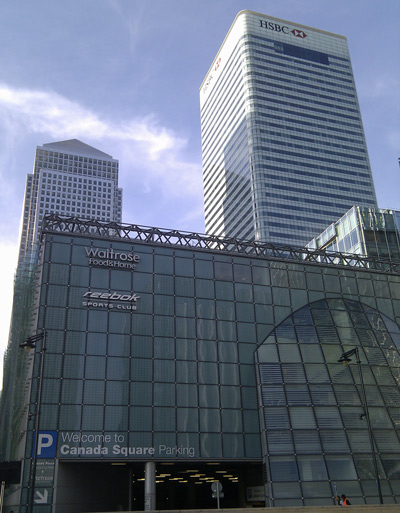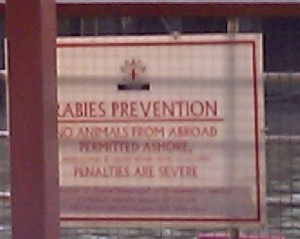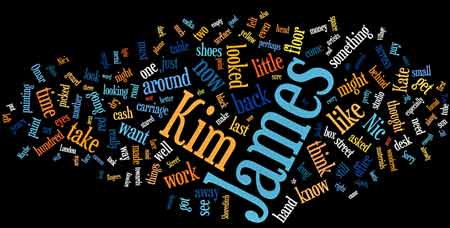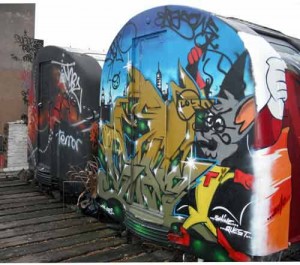Anyone who read the post from a couple of weeks ago ‘Out of the Chaos — A Manuscript’ might be wondering, in the style of a minor cliffhanger, what was the verdict on the 174,000 words that I believed I’d pieced together in a somewhat desperate and incoherent dash to meet my reader’s deadline.
The verdict has now been delivered and, to my surprise, it appears I’ve been overdoing the  mental self-flagellation. I received a report on the manuscript, followed up with a face-to-face meeting, that was, overall, very encouraging.
In fact, it was my professional reader’s opinion that with about two weeks of solid work I could craft the whole novel into a shape that would be of a standard to send out to agents – which is fantastic. This ought to certainly silence my inner-critic — the one that must have been responsible for the post dwelling on the manuscript’s shortcomings.
Of course, those two weeks are full-time writing work. This doesn’t include my current day-job, nor the hours sitting on a train I use to travel to it (as I’m doing now) – or family or social life. But, then again, I suppose it’s only seven solid weekends.
Before going into a little more detail I should reveal (now she’s said fairly nice things about it) that it was Emma Sweeney, who ploughed through the huge Word file and reported her findings.
Emma taught us at the very end of the City University Certificate in Novel Writing when Emily had left a few weeks before the end of term on maternity leave.
(As an aside, the Certificate in Novel Writing has now been revised and relaunched as ‘The Novel Studio’ with its first incarnation in this form starting in the autumn — Emily, who’s now Course Director is taking applications now and I know she’s made changes partly based on feedback from alumni so promises to be a great experience. Emma Sweeney is part of the teaching team on the new course.)
Emma also works individually with writers (see link to Emma’s blog). I know a couple of course-mates from City University have used her services as a mentor since the end of the course — Bren Gosling has mentioned this in his blog (see link on sidebar) and his first novel, ‘Sweeping Up The Village’, was recently short-listed for a literary award, the Harry Bowling Prize.
Emma’s blog also mentions that she performs manuscript appraisals. Â For me, an unavoidable side-effect of having workshopped the novel in and out of various courses over the past two years meant that most people I knew who might cast an eye over the coalescing manuscript (course-mates, tutors and other very helpful readers)Â would already have more knowledge of it than they might ever have wanted — and would remember the history of its development.
What I needed was someone to read it with a fresh eye — which Emma was able to do but also with some prior knowledge of my writing (see Onwards and Upwards).
So, after a few delays and postponements, I finally sent Emma the novel as it stood, with all its imperfections. She turned it round very quickly — in just over 6 working days — which is impressive for a manuscript of that length.
Moreover, it was clear, both from her report and from our subsequent discussion, that Emma had read the novel carefully — which isn’t always the case with creative writing classes and tutors. Of course, this reading was a professional arrangement, which has a not insignificant cost to the writer, although this isn’t surprising if one considers the time taken to attentively reading that many pages. It’s very unusual to get more than 5,000 words read at one time by a tutor, even on advertised novel-writing courses.
As mentioned, I was amazed that Emma thought the manuscript itself was in much better shape than my doom-laden forewarnings had suggested. While some of the material was  hastily cut and pasted as rough drafts were re-arranged and intercut and sections that had heretofore only existed in my head were written down in skeletal, first-draft form, the combined whole was adequate (in conjunction with the more polished bulk of the novel) to give a decent account of the plot and characters at least.
But — did Emma think it was any good? Well, yes she did — and said some very positive things which I won’t dwell on here — but she added some significant caveats about issues that have to be addressed in those two weeks of revision. Issues like:
- Some work making a character a lot more sympathetic (any ideas gratefully received — what about bringing in a 3-legged dog or something?)
- Aspects of the plot need revising and some sub-plots need killing or fleshing out
- Characters’ motivations require better development in places
- Evidence of my tendency (as blog readers will no doubt recognise) to slip into rambling, abstract, academic style prose needs ruthlessly cutting out — this is good because the word count is too high and if this can be lost without abandoning the reader then it’s good news for me
- Various amounts of copy editing to do in the sections I haven’t buffed up for workshops, etc.
But all the above are within the realms of the fixable and the Emma said she enjoyed the few days that she spent with my characters in the novel’s world. In fact, when we met face-to-face, Emma said she was automatically discussing the characters’ options and decisions with me as if they were real people — which was a very good sign.
Emma also said she enjoyed the humour and the psychological side to the characters and plot — sometimes I’ve mulled over the characters’ dilemmas for hours myself and still not resolved them. She also found some of the sensuous writing to be one of the novel’s strengths, which is very re-assuring. Emma is the first person to have read a lot of the sex scenes. I was in too much of a hurry while editing to think about losing my nerve and coyly dilute them. (There’s a particular scene she thought must have been very hard to write but that she thought I got right. If, dear reader, you ever have a copy of the finished novel in your hand, you’ll probably be able to identify it.)
One of the most encouraging observations was that she thought the nature of the writing — a fair amount of dialogue plus the way the story is told from the perspective of the characters — doesn’t make the novel seem as long as it actually is. She thought it read like a novel about two-thirds of its actual length. This is particularly comforting as I erred on the side of caution and put in the manuscript several sections that I’m probably 80% certain to cut – I wanted a second opinion.
I realise that because someone with a respected reputation has said she lies the novel (pending fixes) that there’s no guarantee that anybody else will who might progress it to publication. There are loads of well-written, unpublished books.
However, I may have a few thematic arrows in my quiver in terms of hitting the current Zeitgeist  — a novel about quitting the City pressure cooker in exchange for a hot pub kitchen with food, art and sex thrown into the recipe along with some interesting settings might have some commercial appeal.
But, that’s all idle speculation without a polished, complete coherent draft. So now I’ve got to go and chisel out that two weeks of writing time and then, perhaps, bite the bullet.














